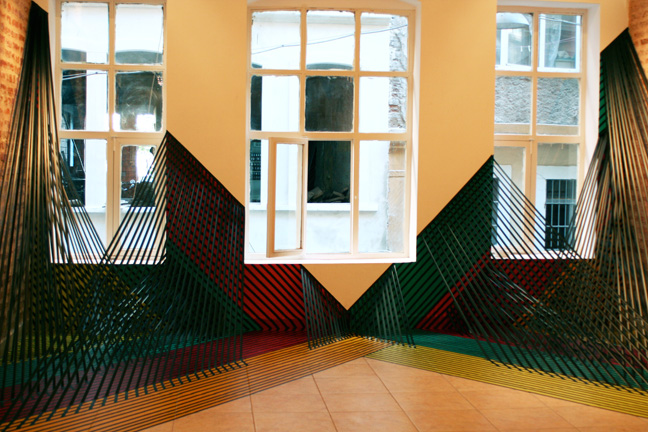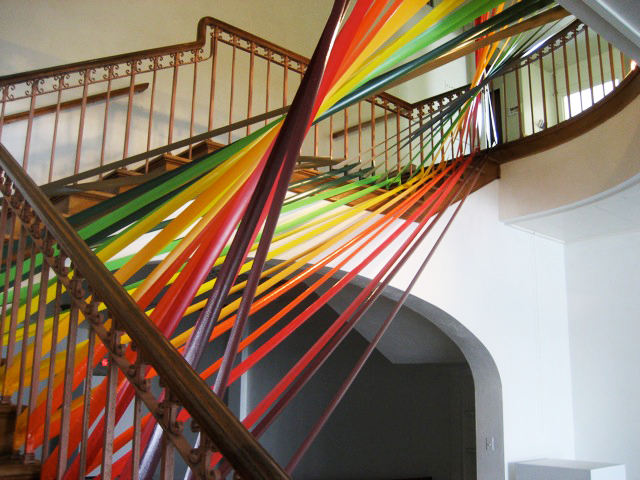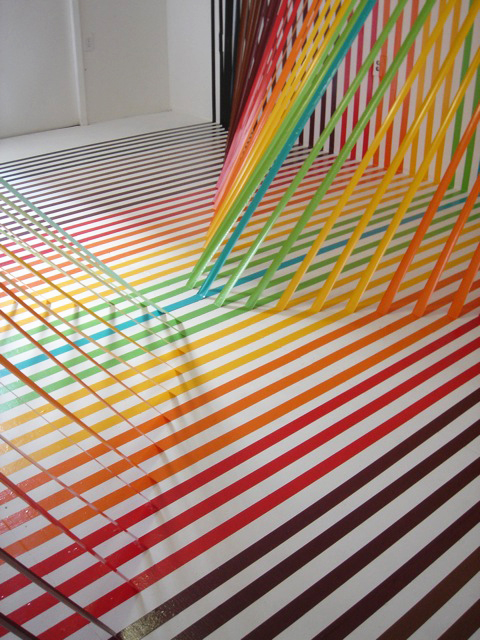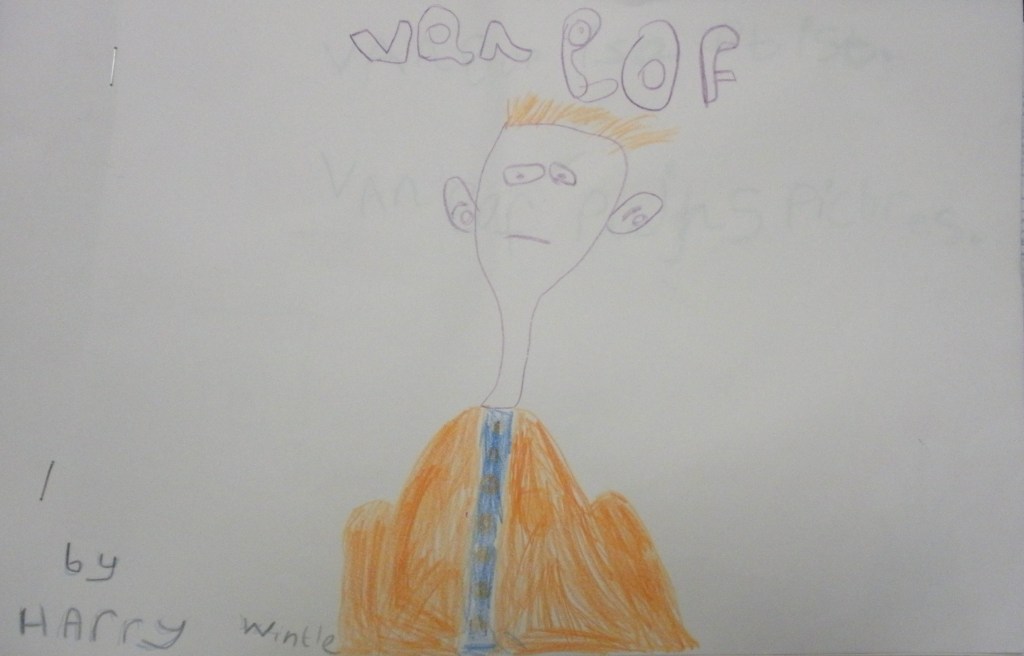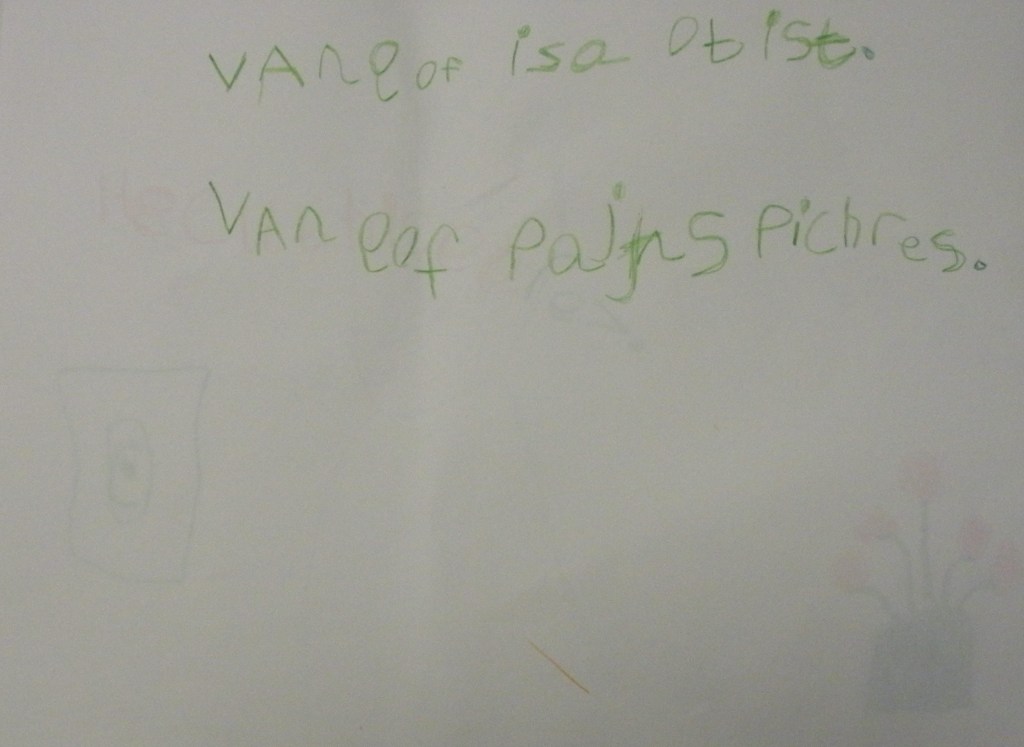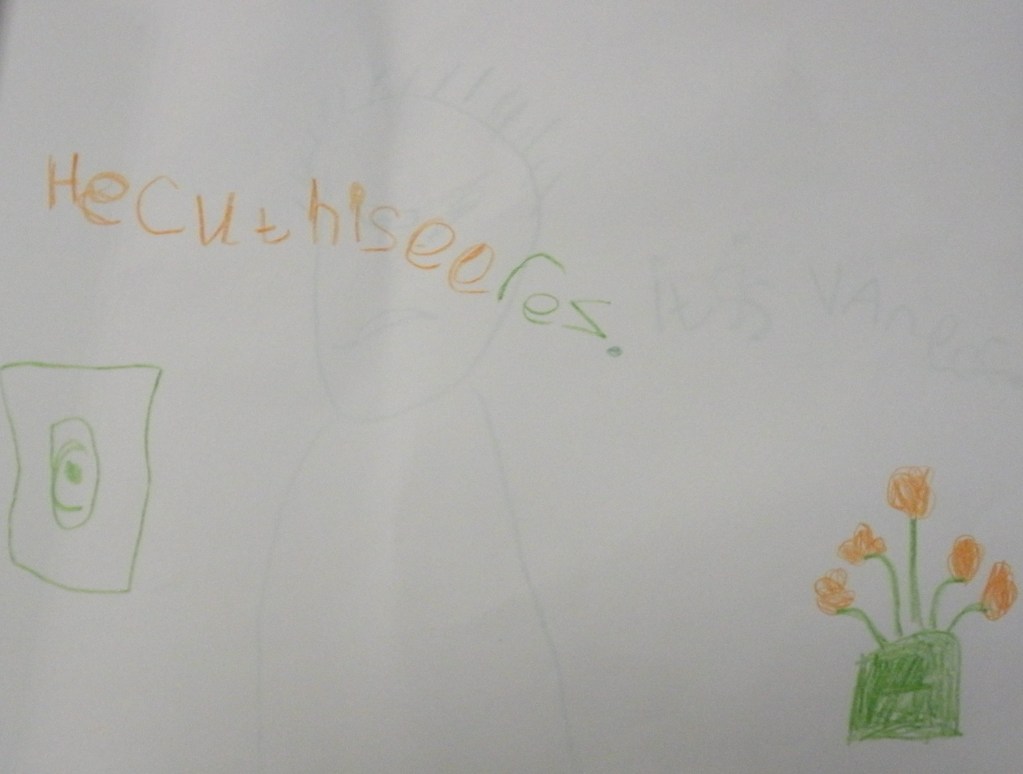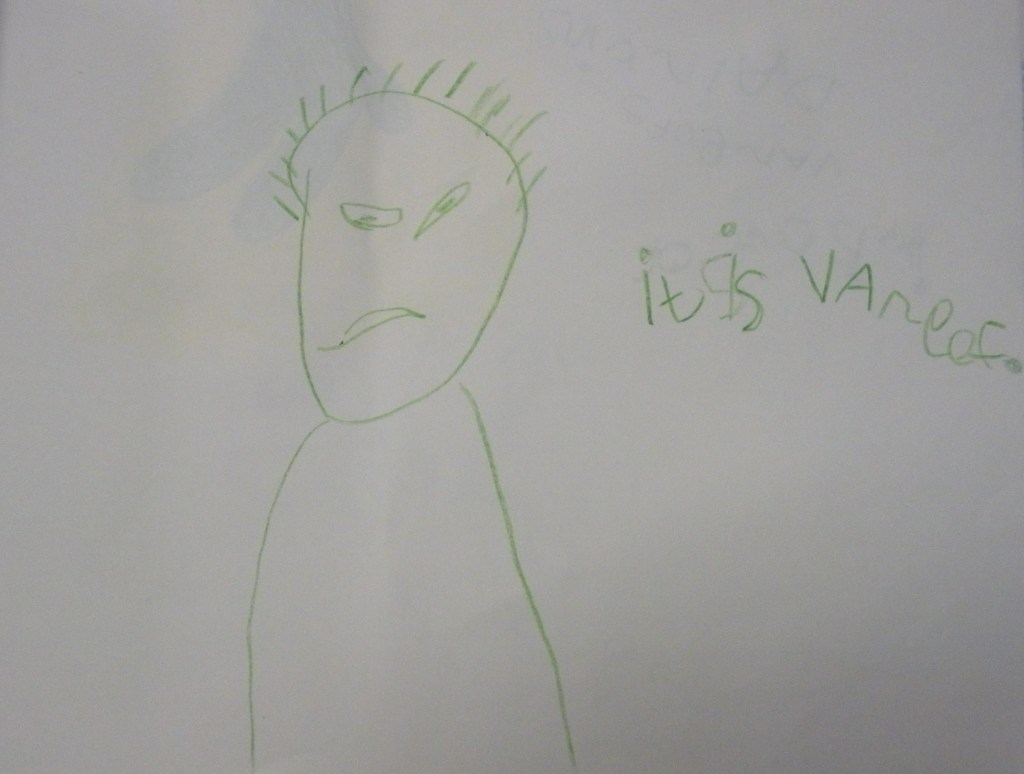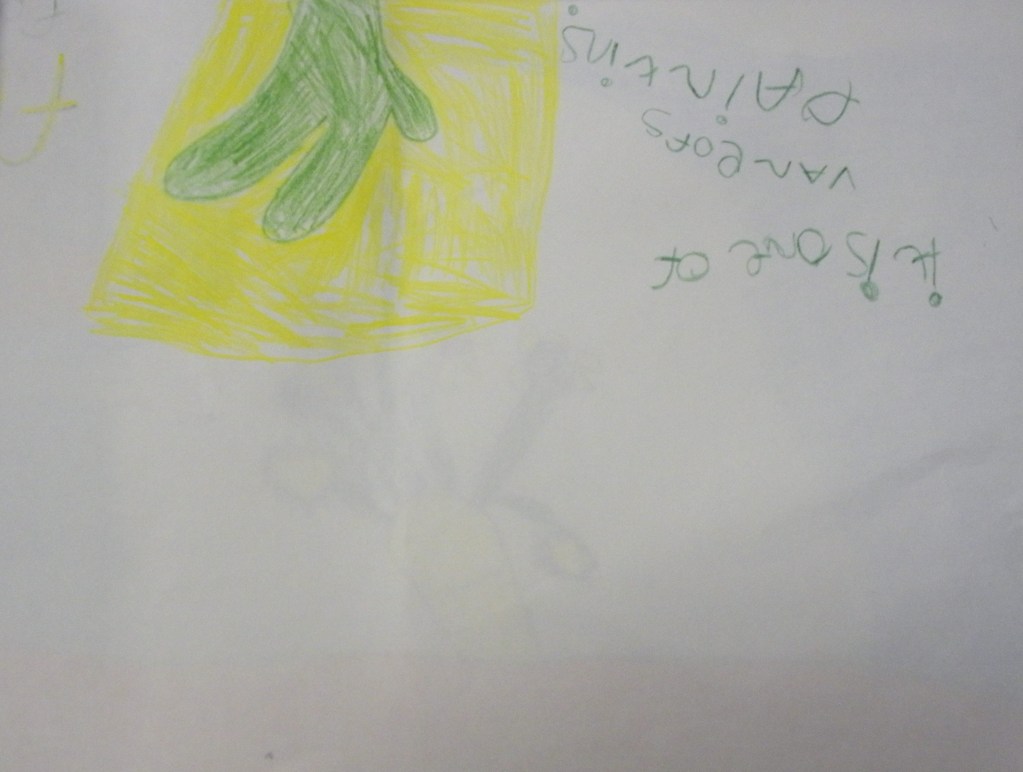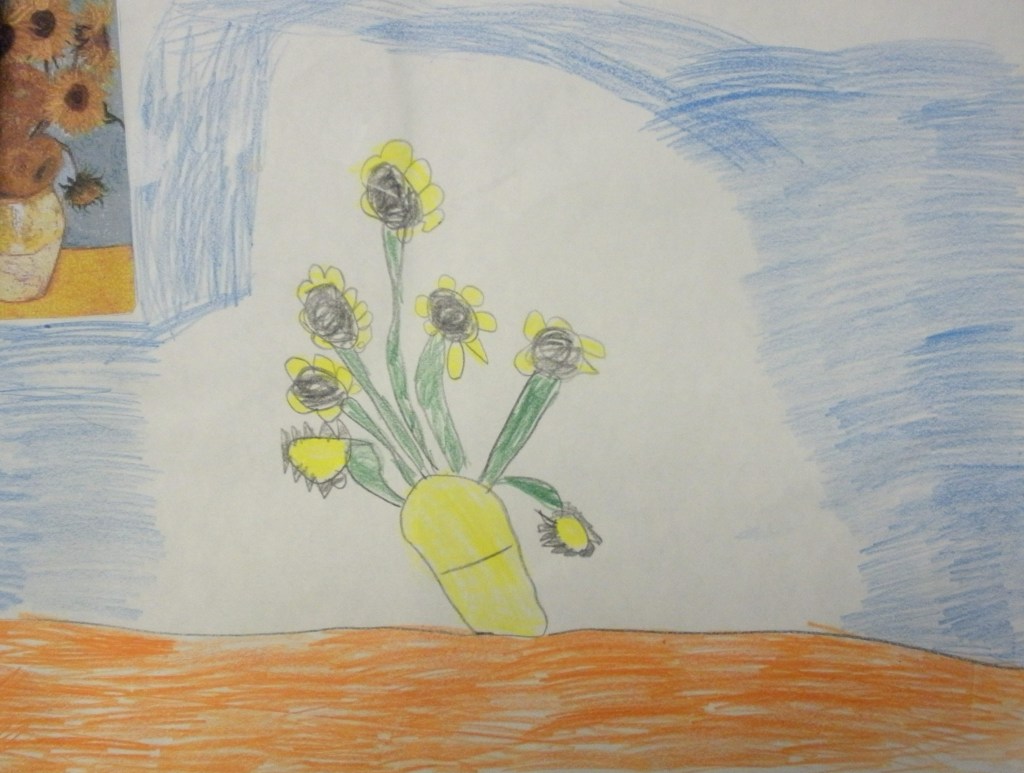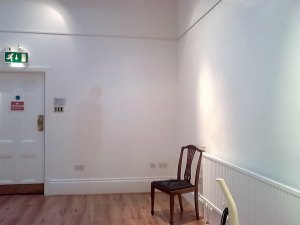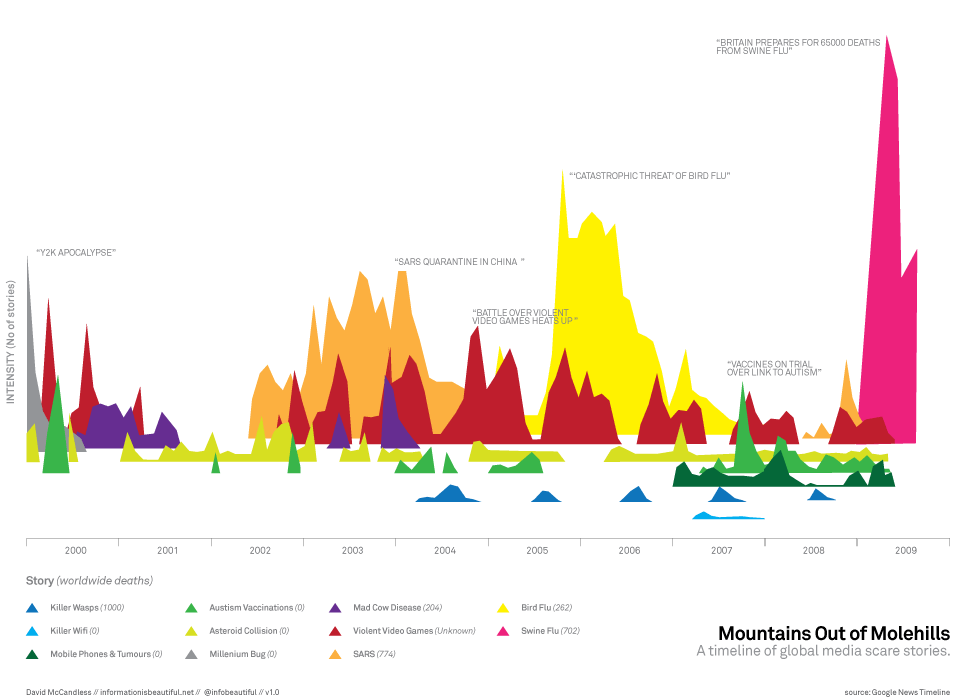I found a leaflet in the Lincolnshire Poacher after a tiny version of the picture below caught my eye. It was for an exhibition ‘Profusion’ that I have managed to miss or at least will miss as I canny drive! Today I googled the artist, Martino Gamper who had created the chairs and I was blown away!
In the last few hours he has become my hero as he not only collected ‘discarded chairs from London streets (or more frequently, friends’ homes)’ for two years but he the spent 100 days reinventing 100 chairs to transform the ‘character and/or the way it functions.’ So let’s just recap, he is a collector and is interested in discarded chairs. It has absolutely made my day!
This is just one of the blooming brilliant chairs called ‘Plastic-Fly’
Please go to the website to see more: www.gampermartino.com. You will not be disappointed!


